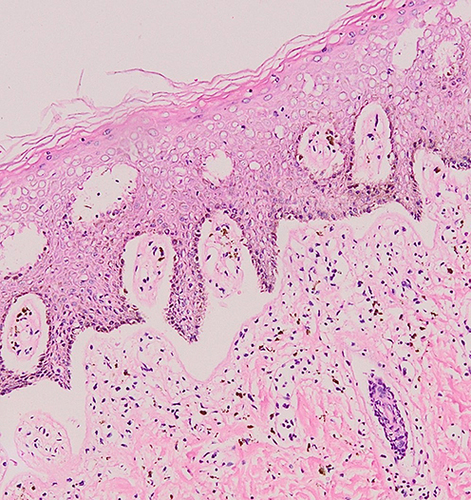Figures & data
Figure 1 Clinical findings as pruritic multiple papules overlying the lichenified plaque prior to treatment.

Figure 2 Histopathological examination from the labia majora revealed stromal lymphocytic infiltration.

Register now or learn more
Open access
Figure 1 Clinical findings as pruritic multiple papules overlying the lichenified plaque prior to treatment.

Figure 2 Histopathological examination from the labia majora revealed stromal lymphocytic infiltration.

People also read lists articles that other readers of this article have read.
Recommended articles lists articles that we recommend and is powered by our AI driven recommendation engine.
Cited by lists all citing articles based on Crossref citations.
Articles with the Crossref icon will open in a new tab.